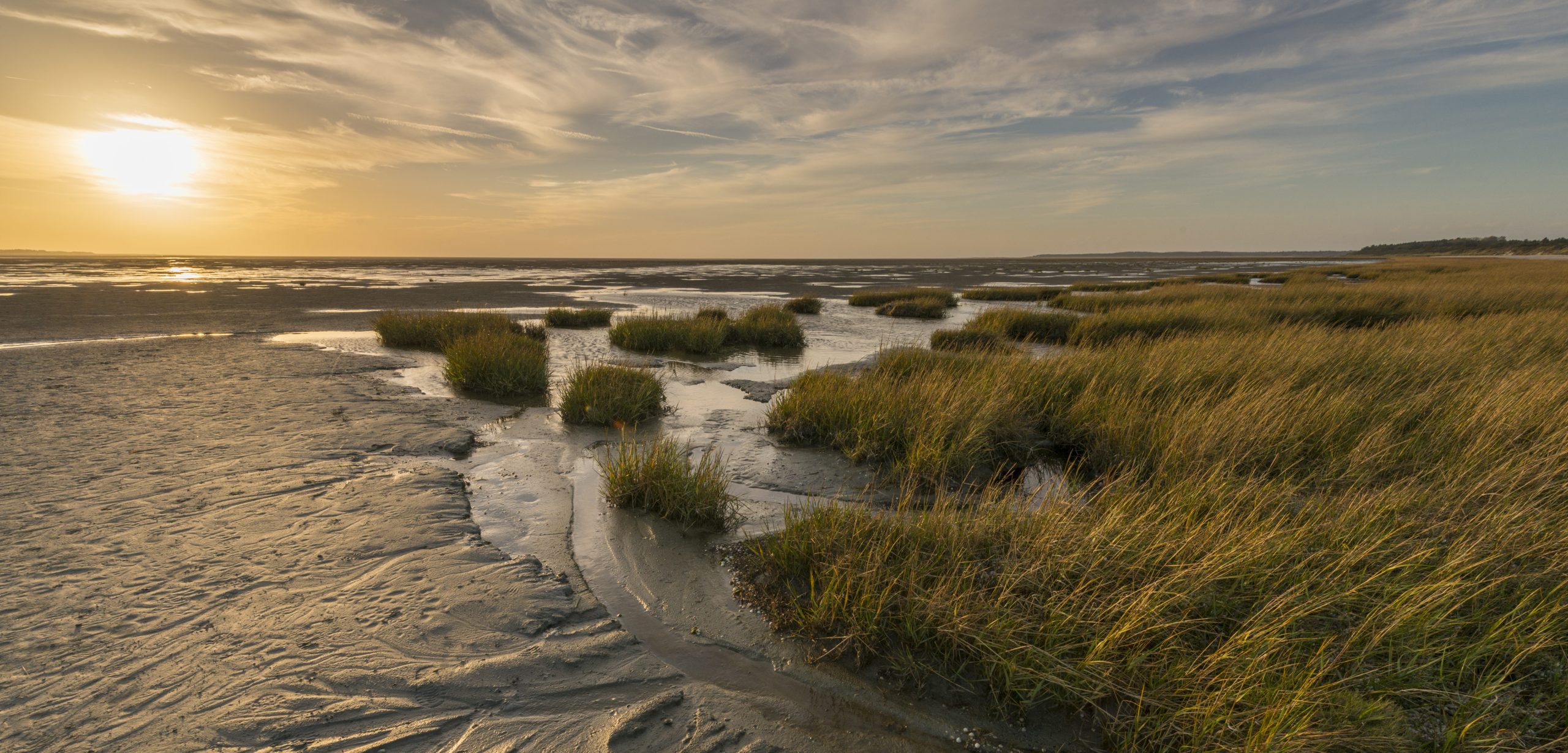The Consequences of Eradicating an Introduced Species
Researchers are investigating the complex case of Tasmanian cordgrass.
Article body copy
People have been transporting species around the world—either on purpose or by accident—for centuries. Sometimes introduced species—like many agricultural crops—are of great benefit. Other times, like with cane toads, lionfish, or purple loosestrife, they seem to cause nothing but trouble.
In some cases, introduced species dramatically change their new environments. But once a species has settled in, what’s a conservationist to do? As researchers in Australia found out recently, sometimes getting rid of an introduced species can cause just as many problems as the introduction did in the first place.
In 1947, cordgrass was brought to the banks of Tasmania’s Tamar Estuary to prevent silt from accumulating and interfering with shipping. The plan worked; perhaps a little too well. Though the cordgrass was originally introduced to a small area, it eventually spread to other parts of the estuarial coastline. The cordgrass stopped the siltation, but it also transformed areas that were once mudflats and sandy or gravel beaches into an extensive brackish marsh.
In 2003, researchers embarked on a trial to remove a section of the introduced cordgrass. Killing off a small patch with a targeted herbicide, the scientists watched to see how the area would adapt. With the cordgrass gone, the sediment began to erode, quickly—at six times the rate of a nearby area where the cordgrass was left intact. After five years, the landscape in the study area had changed substantially.
“The site is now a beautiful sandy beach again,” says environmental scientist Matthew Sheehan.
In a sense, the finding is good news: the researchers showed that the changes wrought by an introduced species could sometimes be undone. But at the same time, Sheehan cautions against rushing to remove the cordgrass from the rest of the estuary. There is potential for undesirable consequences that are important to consider. Plus, the estuary isn’t the same as it was in 1947, he says.
For one, wildlife has adapted to the grass’s presence. The cordgrass provides habitat for fish and birds that were displaced from the upper reaches of the estuary because of urbanization. Then, there’s the siltation issue the cordgrass was originally brought in to manage. Much of the estuary is poorly flushed, partly due to the low flows of the rivers that enter it, and removing all the cordgrass could cause a dramatic buildup of silt, Sheehan says.
“If sediment were to be liberated as a result of [cordgrass] removal it may not be flushed out to sea, but instead just remain in the system,” he says. “This could impact water quality, exacerbate siltation issues, and may ultimately redeposit back in the intertidal zone or in the channel.”
In short, Sheehan says removing an invasive species isn’t necessarily the best choice. It’s “a complicated issue that requires a very strategic and holistic approach to make sure the problems you create are not worse than the one you are trying to solve.”

